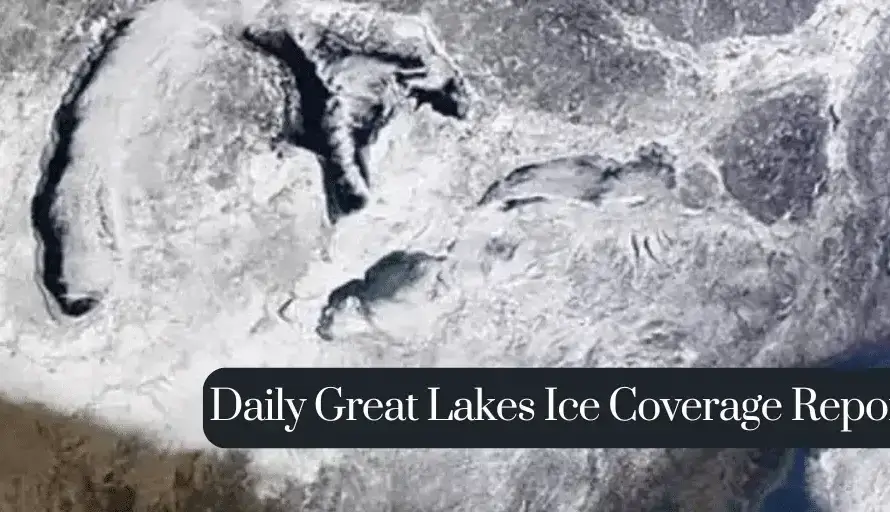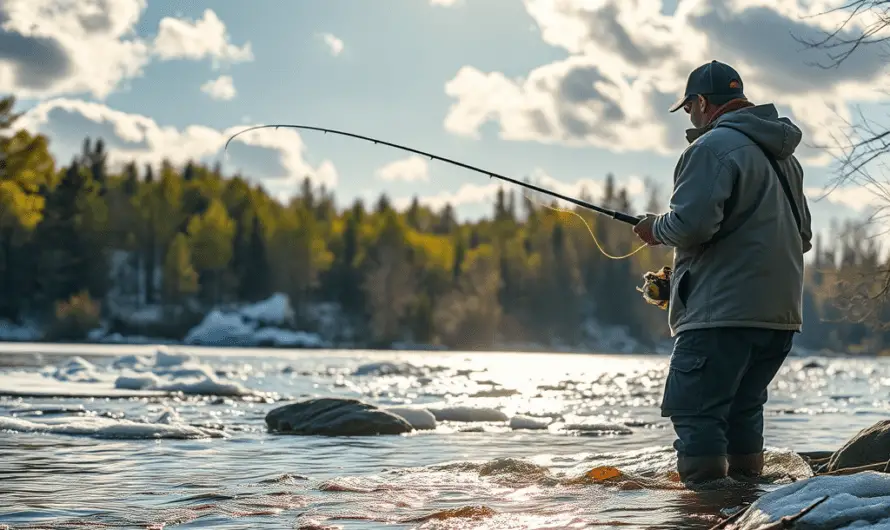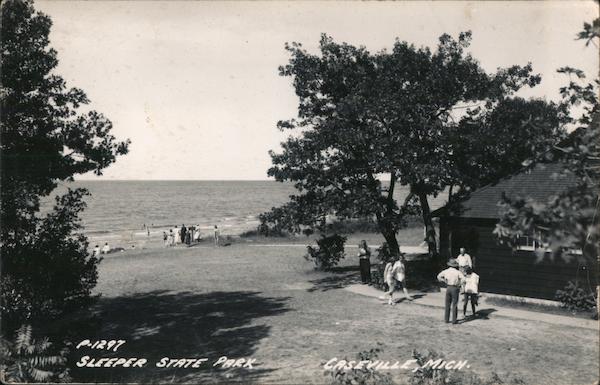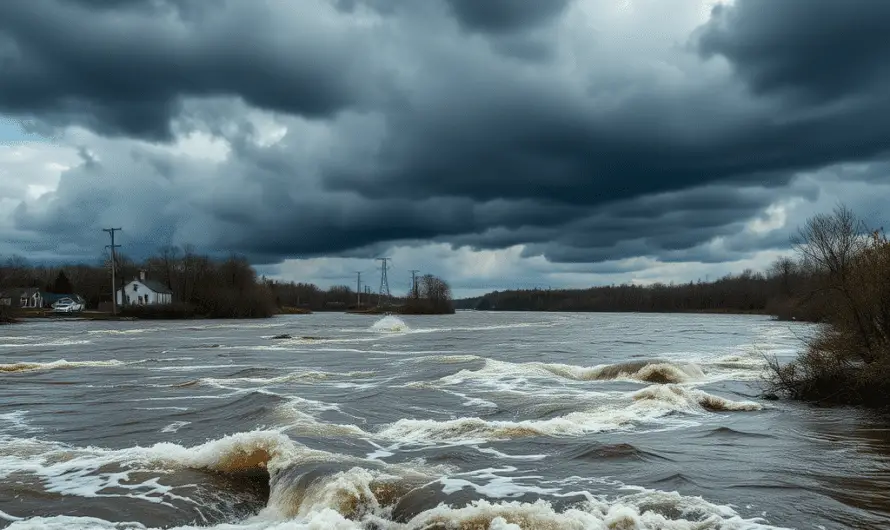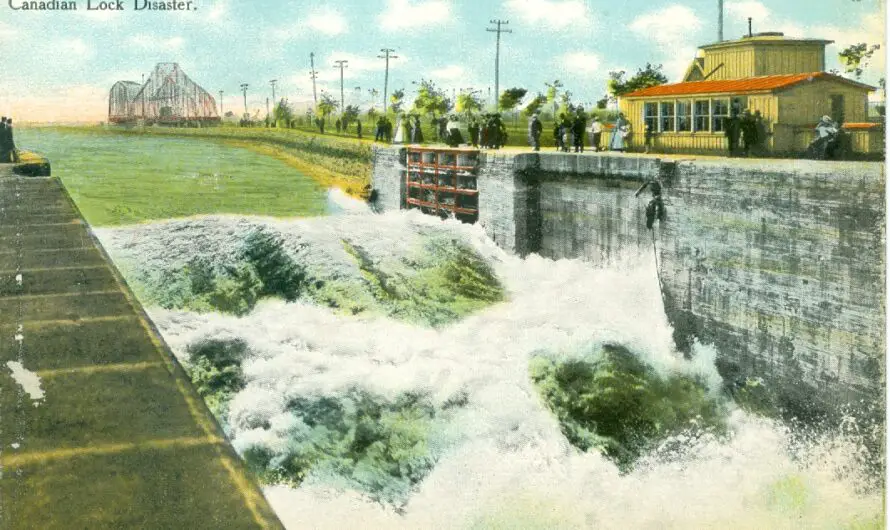Daily Great Lakes Ice Cover Report – April 18, 2025
As winter recedes in the upper Great Lakes, ice cover diminishes, impacting weather and lake activities. Current ice conditions show minimal coverage across the lakes, with updates provided daily for ongoing monitoring of these changes.

 A group of five freshwater lakes of central North America between the United States and Canada, including Lakes Superior, Michigan, Huron, Erie, and Ontario. The Great Lakes connect Midwestern ports with the Atlantic Ocean via the St. Lawrence Seaway.
A group of five freshwater lakes of central North America between the United States and Canada, including Lakes Superior, Michigan, Huron, Erie, and Ontario. The Great Lakes connect Midwestern ports with the Atlantic Ocean via the St. Lawrence Seaway.